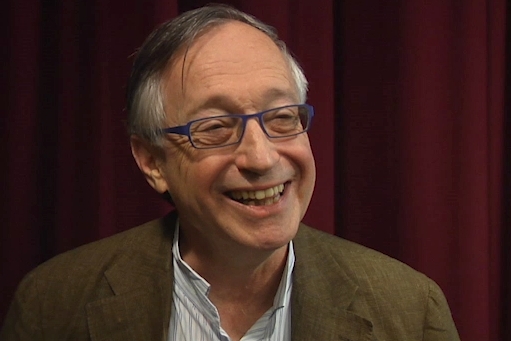The Man Behind Today’s Radio Spectrum Auctions

This ScienceLives article was provided to LiveScience in partnership with the National Science Foundation.
In 1994, when the Federal Communications Commission decided to allocate broadcast licenses via auction rather than lottery, it didn't do so in a vacuum. The rationale for the move came from the work of economists and other researchers — Paul Milgrom key among them.
He and colleague Robert Wilson developed the "simultaneous ascending auction" based on their previous research in game theory. (You can learn more in Milgrom's book Putting Auction Theory to Work — published by Cambridge University Press in 2004.) As of December, 2011, the spectrum auctions have put more than $51 billion into the U.S. Treasury, according to the FCC.
Milgrom's work has been integral to design of auction systems related to electricity and natural gas as well as radio waves. In 2008, he won the prestigious Erwin Plein Prize in Economics.
"Milgrom’s path-breaking work has developed and popularized new tools for the analysis of asymmetric information and strategic interaction and, most significantly, has shown the usefulness of those tools for the analysis of applied problems," said Charles Manski of Northwestern University, which issues the prize.
Milgrom has gone on to advise Microsoft, Google, Yahoo! and governments including the United Kingdom's and Canada's on matters related to auctions and other asset distribution systems.
Despite his considerable research success, Milgrom says he values teaching equally. He has taught and mentored economists who’ve gone on to make significant contributions in their fields. "I love teaching ... and being able to understand the economy more deeply and be able to transmit that knowledge to my students at Stanford, that's fantastic," he said.
Sign up for the Live Science daily newsletter now
Get the world’s most fascinating discoveries delivered straight to your inbox.
In the video below, he answers 10 questions related to his life as a scientist.
Name:Paul Milgrom Institution: Stanford University Field of Study: Economics
Editor's Note: The researchers depicted in ScienceLives articles have been supported by the National Science Foundation, the federal agency charged with funding basic research and education across all fields of science and engineering. Any opinions, findings, and conclusions or recommendations expressed in this material are those of the author and do not necessarily reflect the views of the National Science Foundation. See the ScienceLives archive.











